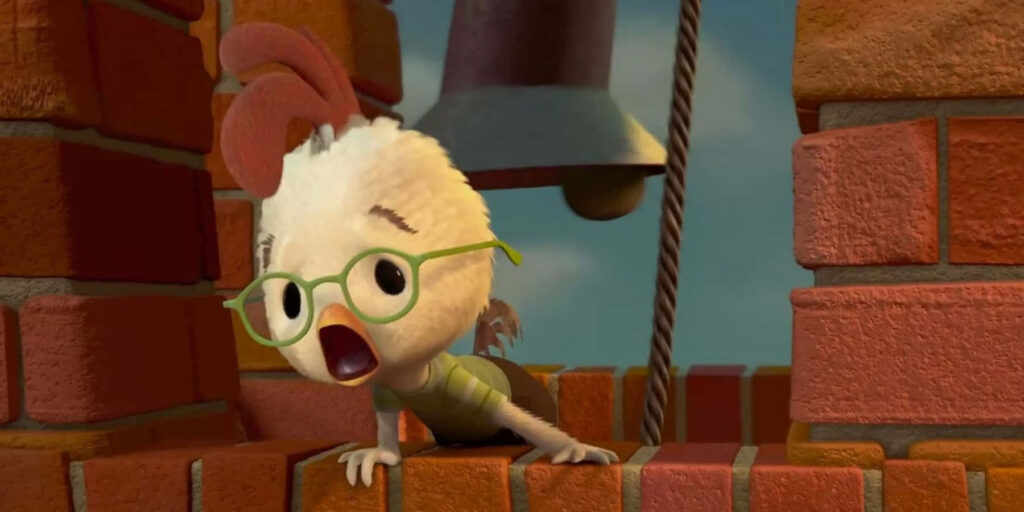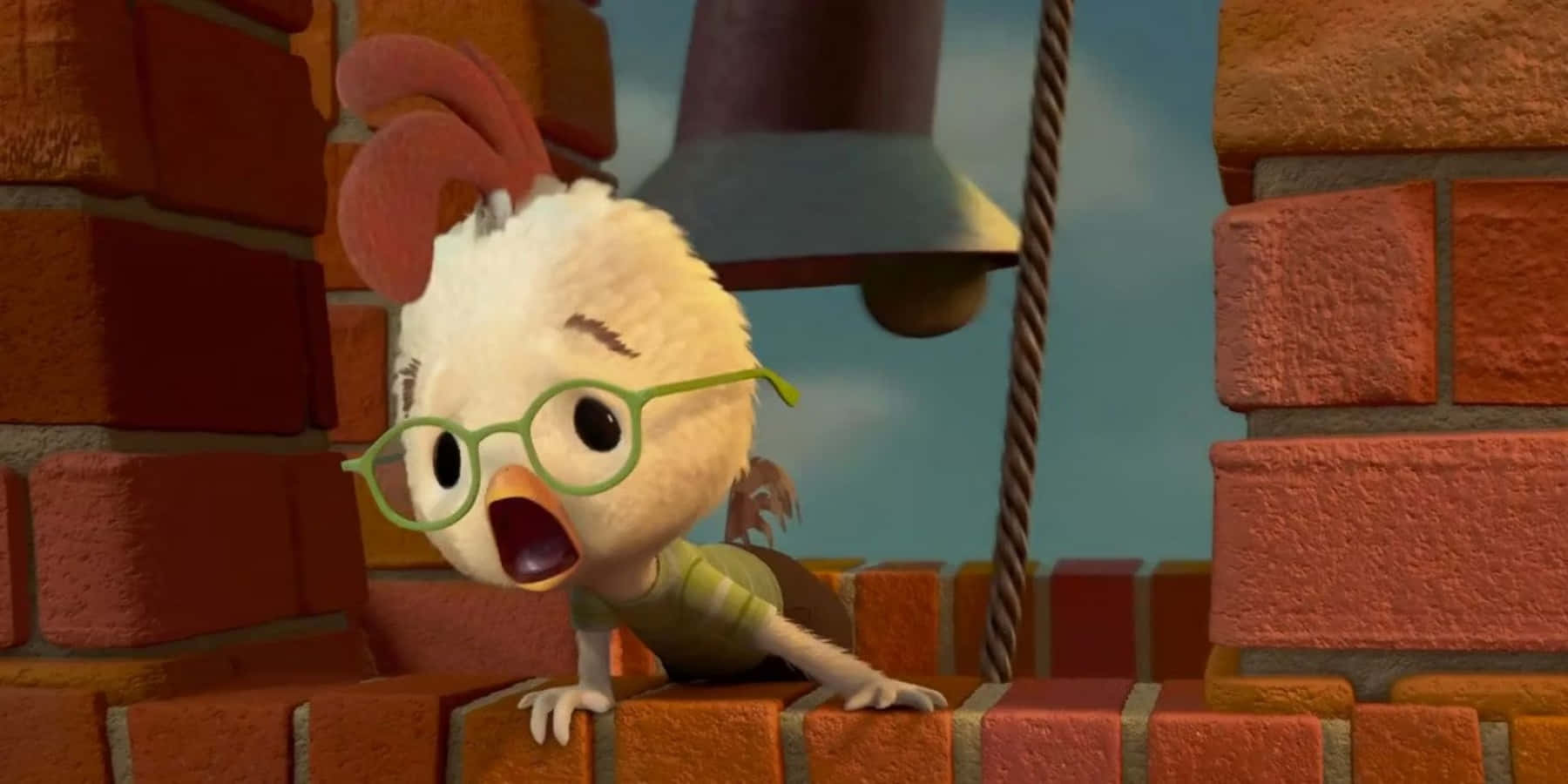
The Sky Isn’t Falling: Deconstructing the Chicken Little Effect
The tale of Chicken Little, a classic fable, serves as a potent reminder of the dangers of mass hysteria and the importance of critical thinking. The story, in its simplest form, recounts how a small chick, convinced that the sky is falling after an acorn lands on its head, spreads panic throughout the barnyard. This article delves into the origins, interpretations, and enduring relevance of the Chicken Little narrative, exploring its psychological underpinnings and its application to contemporary social and political discourse.
Origins and Evolution of the Tale
While the exact origin of the Chicken Little story is difficult to pinpoint, similar folktales with the same core message exist across various cultures. Versions under different names like “Henny Penny” or “Chicken Licken” share the common theme of unfounded fear leading to widespread panic. The story’s adaptability and longevity speak to its universal appeal and the timelessness of its message. These early versions often served as cautionary tales, warning against gullibility and the dangers of following a crowd without questioning its direction.
The story has been retold and adapted numerous times, often with different characters and variations on the ending. Some versions end with the animals being eaten by a fox, while others offer a more hopeful resolution. Regardless of the specific ending, the underlying message remains consistent: unchecked fear can have disastrous consequences.
Psychological Analysis: Fear, Hysteria, and Cognitive Biases
The Chicken Little story provides a compelling illustration of several psychological phenomena. The initial fear experienced by Chicken Little is a natural response to an unexpected event. However, the problem arises when this fear is amplified and transmitted to others without any rational assessment of the situation. This highlights the role of cognitive biases, such as confirmation bias, where individuals tend to seek out and interpret information that confirms their pre-existing beliefs, even if those beliefs are unfounded.
The spread of panic in the story can be attributed to a phenomenon known as mass hysteria or collective delusion. This occurs when a group of people share a common delusion or false belief, often fueled by anxiety and uncertainty. The Chicken Little narrative serves as a stark reminder of how easily fear can spread through a population, especially in the absence of reliable information and critical thinking skills.
The Power of Suggestion and Social Contagion
One key aspect of the Chicken Little phenomenon is the power of suggestion. When Chicken Little proclaims that the sky is falling, others readily accept this claim without questioning its validity. This is partly due to social contagion, the tendency for emotions and behaviors to spread through a group. People are more likely to adopt a belief or behavior if they see others doing the same, even if they have no independent reason to believe it is true. This is particularly true in situations of uncertainty, where people are more likely to rely on the opinions of others.
The Chicken Little Effect in Contemporary Society
The lessons of Chicken Little remain highly relevant in today’s world, particularly in the context of social media and the rapid dissemination of information. The internet has made it easier than ever for rumors and misinformation to spread like wildfire, often with devastating consequences. The Chicken Little effect can be observed in various aspects of contemporary society, from political polarization to public health crises.
Political Polarization and Misinformation
In the political arena, the Chicken Little effect can contribute to increased polarization and the spread of misinformation. When people are already predisposed to distrust certain groups or individuals, they are more likely to accept unsubstantiated claims that confirm their existing biases. This can lead to the formation of echo chambers, where people are only exposed to information that reinforces their own beliefs, further exacerbating political divisions. The story of Chicken Little warns against blindly accepting information, especially when it aligns with pre-existing biases.
Public Health Crises and the Spread of Fear
Public health crises, such as pandemics, can also trigger the Chicken Little effect. When faced with a novel and potentially dangerous threat, people may become anxious and fearful, making them more susceptible to misinformation and panic. The spread of rumors and conspiracy theories can undermine public health efforts and lead to irrational behavior, such as hoarding or refusing to get vaccinated. The Chicken Little story reminds us of the importance of relying on credible sources of information and avoiding the temptation to panic in the face of uncertainty. [See also: Impact of Social Media on Public Health]
Combating the Chicken Little Effect: Critical Thinking and Media Literacy
Combating the Chicken Little effect requires cultivating critical thinking skills and promoting media literacy. Critical thinking involves the ability to analyze information objectively, identify biases, and evaluate evidence before forming an opinion. Media literacy, on the other hand, involves the ability to access, analyze, evaluate, and create media in a variety of forms. By developing these skills, individuals can become more discerning consumers of information and less susceptible to manipulation and propaganda.
Promoting Critical Thinking in Education
Education plays a crucial role in fostering critical thinking skills. Schools should prioritize teaching students how to analyze information, evaluate sources, and identify logical fallacies. This includes teaching students how to distinguish between fact and opinion, how to identify bias, and how to evaluate the credibility of sources. By equipping students with these skills, we can help them become more responsible and informed citizens. [See also: The Importance of Media Literacy in the Digital Age]
Encouraging Media Literacy and Fact-Checking
In addition to promoting critical thinking, it is also important to encourage media literacy and fact-checking. Individuals should be encouraged to question the information they encounter online and to verify claims with reputable sources. Fact-checking organizations play a vital role in debunking misinformation and providing accurate information to the public. By supporting these organizations and promoting their work, we can help to combat the spread of false information and promote a more informed public discourse. Chicken Little teaches us to verify before we believe.
The Enduring Legacy of Chicken Little
The story of Chicken Little, though simple in its premise, offers profound insights into human psychology and the dynamics of social behavior. Its enduring legacy lies in its ability to remind us of the dangers of unchecked fear, the importance of critical thinking, and the need for responsible information consumption. By understanding the lessons of Chicken Little, we can better navigate the complexities of the modern world and avoid falling victim to mass hysteria and misinformation. The tale of Chicken Little is as relevant today as it ever was, a constant reminder to question everything and not to simply believe what we are told, especially when fear is the driving force. We must all strive to avoid becoming another Chicken Little, spreading panic and misinformation without critical thought.
The story of Chicken Little continues to resonate because it speaks to a fundamental human vulnerability: our susceptibility to fear and our tendency to follow the crowd. By understanding the psychological mechanisms that underlie the Chicken Little effect, we can better protect ourselves from manipulation and make more informed decisions. The next time you hear someone claiming that the sky is falling, remember the story of Chicken Little and take a moment to question the evidence before joining the panic.
Ultimately, the story of Chicken Little serves as a call to action. It encourages us to be more critical thinkers, more responsible consumers of information, and more active participants in our communities. By embracing these values, we can help to create a more informed, rational, and resilient society. Let’s not be like Chicken Little. Let’s be critical thinkers.

